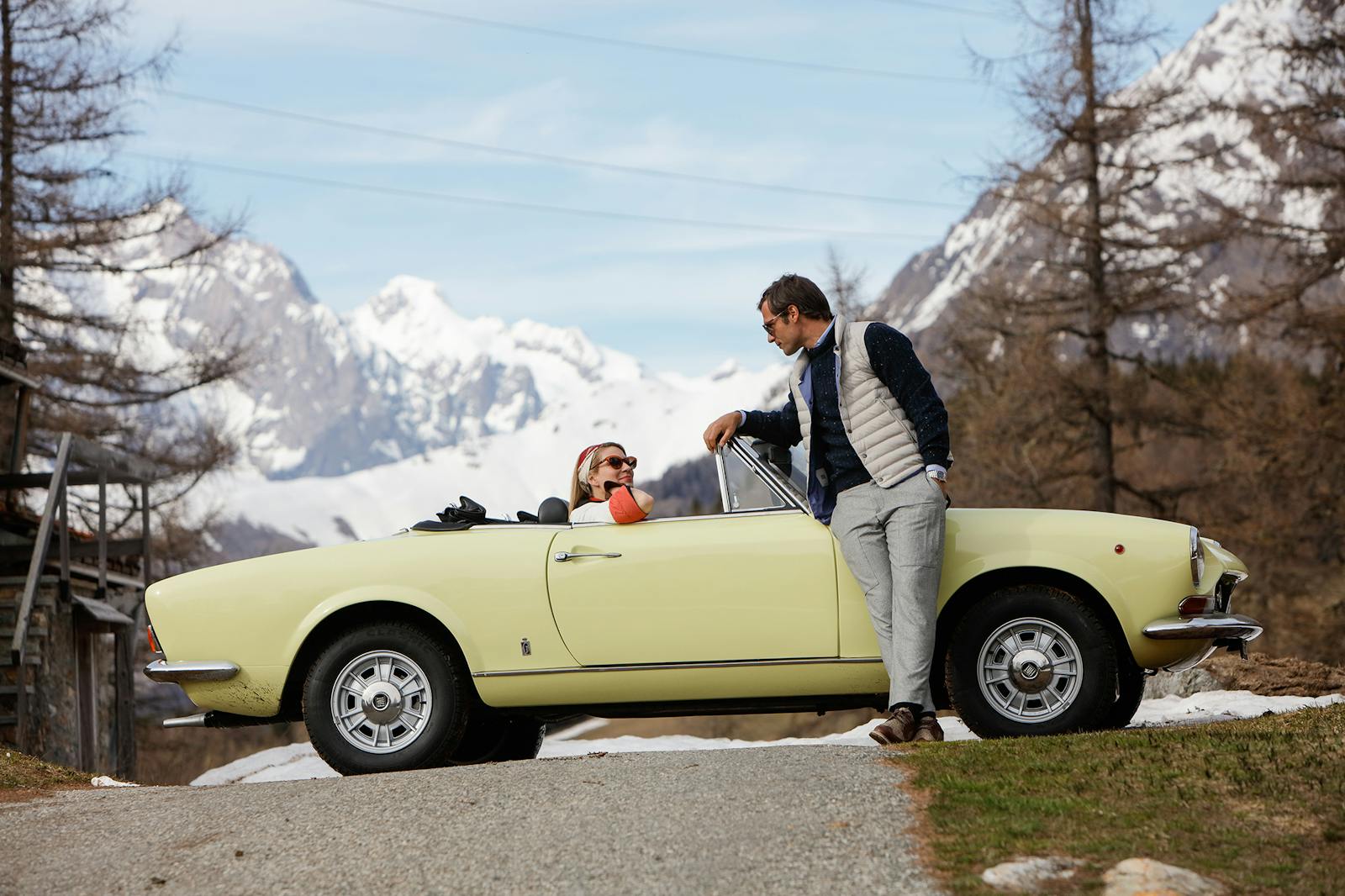The belly tank lakester just might be Bonneville’s coolest land-speed racer
The early days of land speed racing were when rules were more guidelines—so long as whatever you did made your car go faster. Belly tank lakesters are the physical embodiment of that ethos.
After WWII, racers and hot rodders understood at that the ’32 Ford and its predecessor the Model A weren’t aerodynamic enough to reach the top speeds they desired on the salt. So, speed hunters of the late ’40s looked to the skies to go faster, hoping to capitalize on the aircraft technology the U.S. developed during World War II.
Those returning from the war effort saw potential in many of the cast-off war surplus items, including the drop tanks from fighter planes. These tanks (also called belly tanks) were used to hold additional fuel and extend a plane’s range, at which point they’d be dropped from the sky once empty. The tanks’ teardrop shape was designed to be stable in the air, and since the same physics apply on the ground, hot rodders figured slapping on a couple of axles would make for a nicely stable land speed racer. And because these races were often on dry lake beds, the Belly Tank Lakester, or Belly Tanker, name was born.
20190124153230)
20190124153306)
20190124153243)
The belly tank of choice? That would be the Lockheed P-38 Lightning, largely due to its 315-gallon size—just enough space to settle a Ford flathead V-8 with two Stromberg carbs, a three-speed gearbox, rear axle, and a (surely cramped) driver. This 1940s-era example on Bring-a-Trailer is a belly tank lakester of just this sort, using a narrowed Ford Model T frame to tie it all together. While most had a lap belt, that was the only real concession to safety concerns.
As aerodynamic as these bullet-shaped lakesters look, most weren’t earth-shatteringly fast in practice, at last not immediately after the war. The Bring-a-Trailer example would likely run in the 110 mph neighborhood in its day, although legendary racer Alex Xydias managed a 130mph run in a similar V-8 60-powered belly tank in 1948.
That’s not to say experience isn’t absolutely gripping, nor that the belly tank lakester isn’t a majestic example of American history and post-War ingenuity. The sensation of speed must be addicting, your head being the only thing sticking up into the wind as you blast along at triple-digit speeds.
If you want to experience the thrill for yourself and own a piece of hot rodding history, the auction still has six days to go. If you win, let me know, because I want be there on the salt when you fire up that flathead.
20190124153332)
20190124153156)
20190124153219)
20190124153253)
20190124153400)
20190124153411)
20190124153424)
20190124153452)

